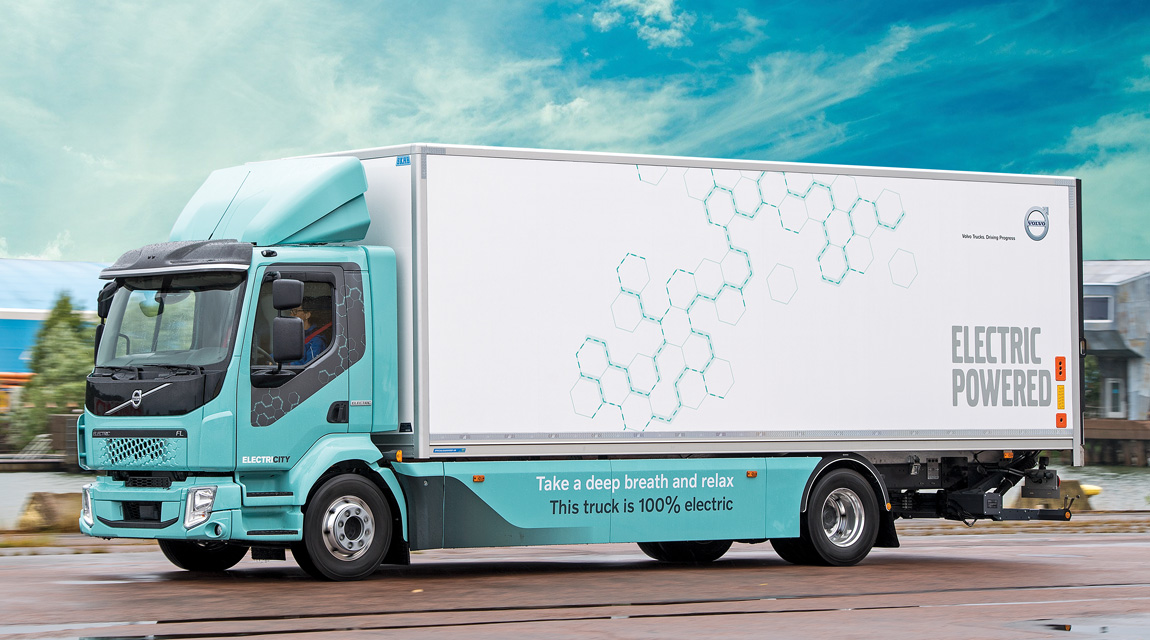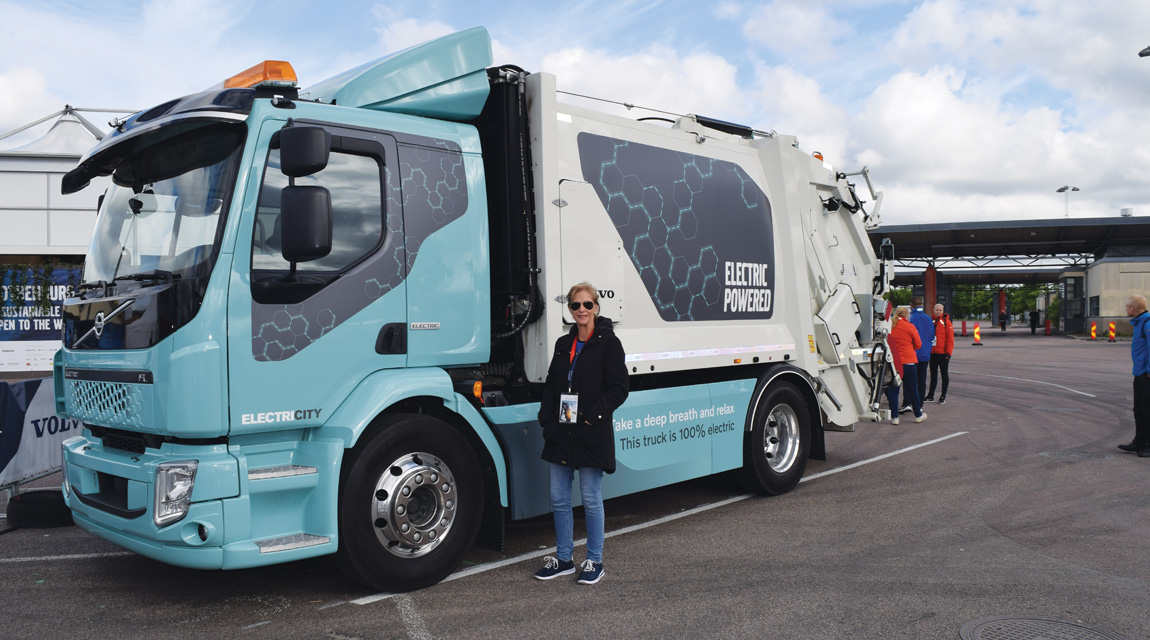Driving the future

Recently, along with the rest of the jury members on the International Truck of the Year (ITOY) judging panel, I was invited to Sweden to experience the latest product offerings and technology innovations from Volvo Trucks.
What an eye opener! Before travelling to Gothenburg, I thought that I knew exactly what the company was getting up to. I was wrong!
The visit incorporated many aspects … You can read more about my trip in my next Global Focus column. For now, I want to focus (no pun intended) on two of the vehicles I drove while in Sweden. Both are innovative, both are green and both give us insight into the future of the truck industry (actually the bus and coach industry, too, but that is another story).
The first is Volvo’s liquefied natural gas (LNG) offering. The pièce de résistance with the Volvo trucks is the fact that they don’t use an Otto cycle engine; instead, they use diesel cycle technology. Why is this important? Because it means that the trucks offer all the typical advantages of a diesel engine – driveability, fuel efficiency and reliability – and none of the disadvantages. Of course, they’re really green, too. In fact, depending on whether you’re using LNG or biogas, emissions are anything from 20 to 100-percent lower.
We were presented with a fleet of LNG-powered Volvo FH trucks and their near identical counterparts (the only difference was their diesel engines). We were able to test all the trucks (fully loaded, as expected) back to back.
In a way it was almost a pointless exercise … because there was no discernible difference (which, of course, was exactly what Volvo was trying to demonstrate). One of my ITOY colleagues told me that he thought that the LNG engine was a lot less noisy. Maybe, but, honestly speaking, I didn’t notice a massive difference.
The engine performed just like a normal diesel, with lots of low-down torque on tap. The inclines (some of them quite challenging) were no challenge for the LNG powertrains; the trucks chugged up the hills quite happily. Just picture the scenario: you’re driving any one of the excellent modern-day trucks equipped with a diesel engine. That’s exactly what it felt like.
The same certainly could not be said of the next Volvo truck I tested. It was nothing like a conventional diesel-powered truck. Nothing at all…
We were incredibly fortunate to be the very first group of journalists in the world to drive Volvo’s first electric truck; the FL Electric (it has also shown the media its second electric truck, the FE Electric, but that wasn’t available for testing, which was no big deal because the driving experience will be identical).

The FL Electric has a gross vehicle mass (GVM) of 16 t and our test trucks had three batteries each (the FL will be supplied with anything from two to six batteries; operators will be able to decide how many batteries they want).
The number of batteries is obviously an important consideration, because the more batteries you have on an electric truck, the less the payload. I had in-depth discussions with many Volvo experts and the consensus is that, if you fit four batteries, you lose one tonne of payload.
Conversely, of course, more batteries mean a greater range, and when equipped with six batteries the FL Electric can do 300 km before it needs a charge. Incidentally, that takes around two hours on a DC charger, and overnight (ten hours or so) when one uses an AC charger.
The FL Electric is powered by a 185 kW electric motor and it has a two-speed transmission. And, boy oh boy, is it fun to drive! When I hopped behind the wheel, I dabbed the accelerator and we, literally, lurched forward, because there’s oodles of torque available instantly (maximum torque is 425 Nm but honestly it feels like much more).
The engine brake is utterly phenomenal; there’s actually never a need to touch the foot brake. When you apply the engine brake, the truck stops much faster than expected.
By the time that you read this article, the first two FL models will have commenced duty in Gothenburg. The companies that are using them are, according to reports, massively excited at the prospect of doing deliveries after hours. I think that this is a fabulous concept, too, as an after-hours delivery takes one third of the time of a daytime delivery (because there’s no traffic). And, as we all know, time is money…
Published by
Charleen Clarke
One Comment
Leave a comment Cancel reply
focusmagsa





We need more of these electrics trucks on the road to minimize environmental pollution.